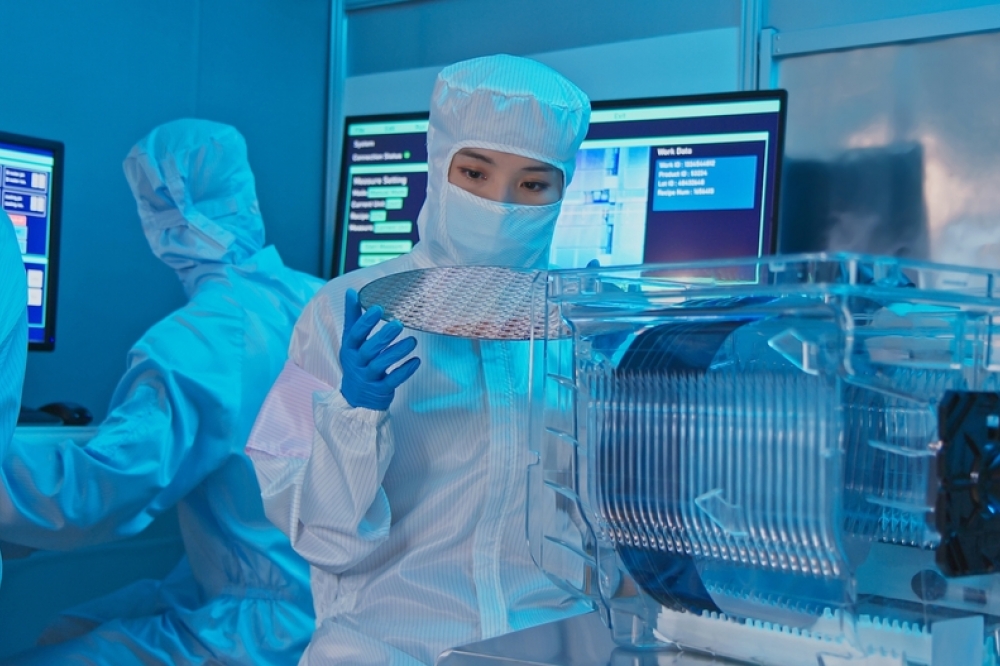UC Irvine is member of Defense Department-funded microelectronics research hub

USC-led business and academic group aims to accelerate domestic manufacturing.
The U.S. Department of Defense granted $26.9 million to 16 academic institutions and other organizations, including the University of California, Irvine, to launch California DREAMS, the California Defense Ready Electronics and Microdevices Superhub. The initiative’s lead institution is the University of Southern California.
The funding is part of nearly $240 million awarded to eight regional “Microelectronics Commons” innovation hubs under the Creating Helpful Incentives to Produce Semiconductors and Science Act in 2023. The awards are intended to spur research on behalf of the DoD and accelerate the growth of the domestic microelectronics manufacturing industry in the United States.
"The Microelectronics Commons is focused on bridging and accelerating the 'lab-to-fab' transition, that infamous valley of death between research and development and production," said Deputy Defense Secretary Kathleen Hicks in a Pentagon briefing. "While America is a world leader in the innovative research and design of microelectronics, we’ve lagged in the ability to prototype, manufacture and produce them at scale. That’s what the CHIPS Act is meant to supercharge."
UCI’s California DREAMS principal investigator Payam Heydari, Chancellor’s Professor of electrical engineering and computer science, said, “This funding is part of the largest award ever granted under the CHIPS and Science Act. On behalf of my entire team here at UCI, I am proud to be part of this hub and excited to be aiding in efforts to build a robust microelectronics and microdevices manufacturing industry in the United States.”
UCI’s efforts under the direction of Heydari will center on developing advanced devices and methodologies for 5G and 6G communications protocols.
“UCI is very well positioned to be spearheading this area of research,” said Heydari. “My labs at UCI have pioneered some of the leading breakthroughs in high-frequency integrated circuit design over the past few decades. We have the knowledge and expertise to contribute to the success of the California DREAMS hub and the DoD’s goal of improving U.S. microelectronics innovation and growth.”

































